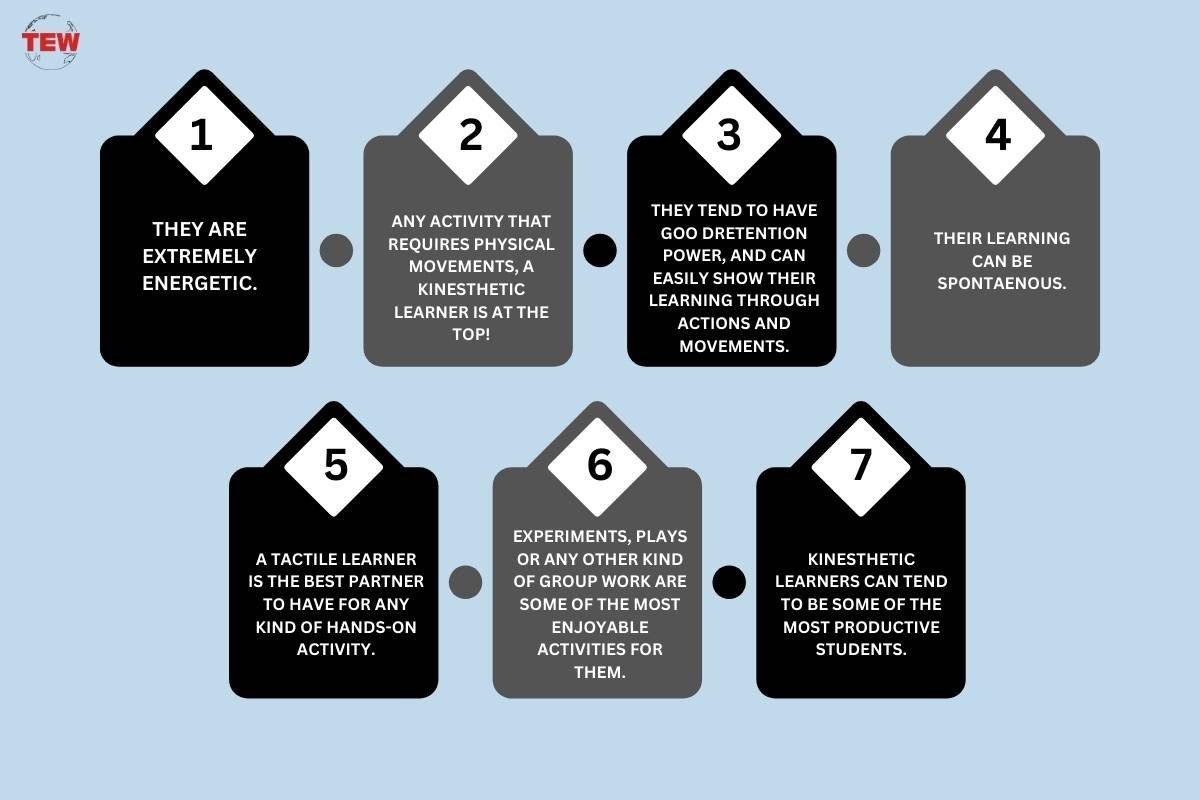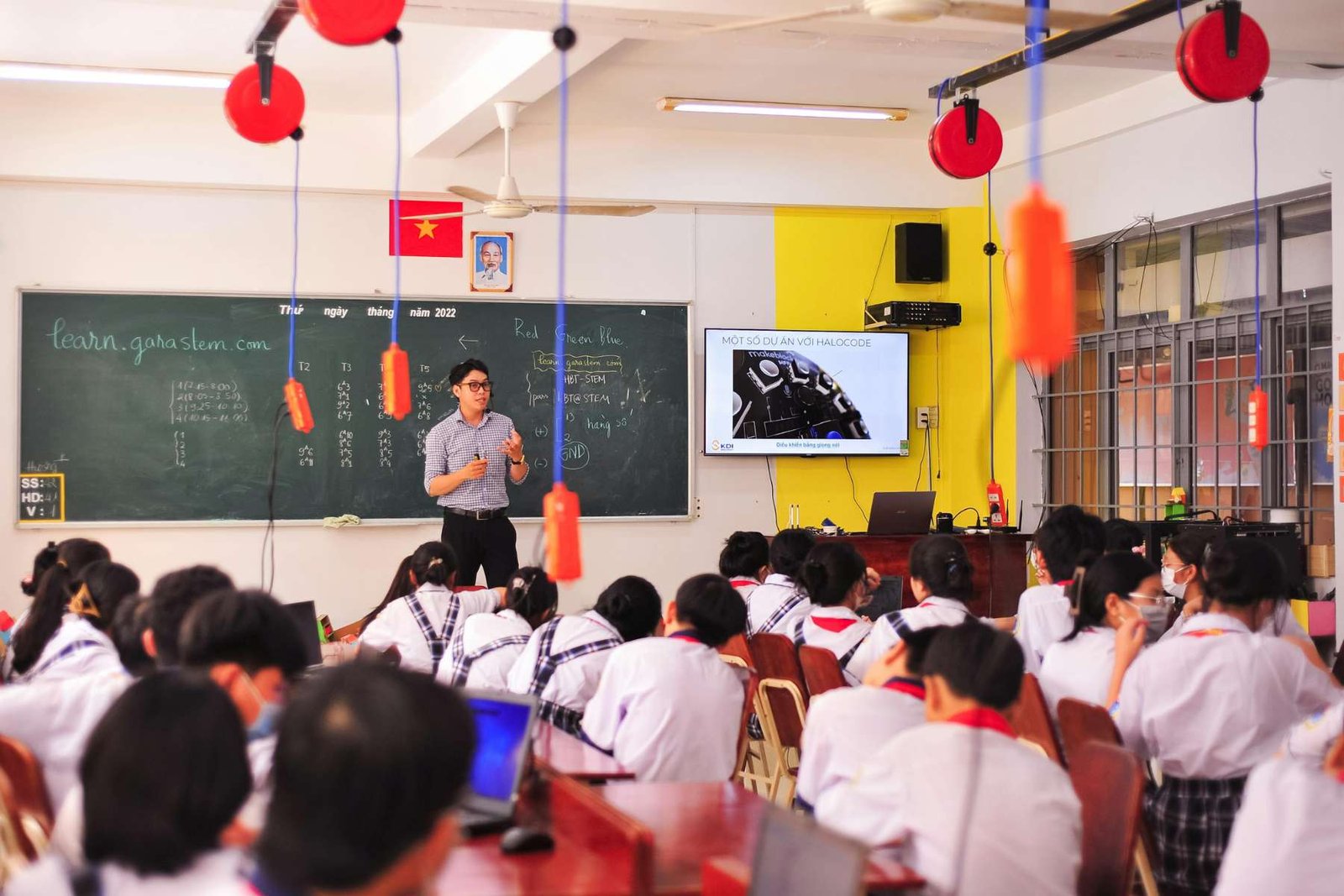“I am a student of life, for life!”
Being a lifelong learner means you are open to new opportunities, new possibilities, and are not afraid of learning something new every chance you get. There are some people who listen and learn. There are some who watch and learn. And then there come those, the most unique of them all, who simply experience it and learn.
Now these three kinds of people have been categorized, for, you guessed it right! For further learning of people.
- Now the one who listens and learns, we fondly call him/her – An auditory learner.
- The one who watches and learns is the visual learner.
- And lastly, the one who experiences it and learns, we call him/her a kinesthetic learner.
In this series of different kinds of learners, let us know more about the third one, the one who first needs to interact and then learns through it.
What are some common traits of a kinesthetic learner?

Kinesthetic learners are also called as the tactile learners. A tactile learner is able to process the information best when he gets to experience it for himself.
To explain it to you with a simple example –
- Suppose you are a kinesthetic learner learning to tie shoe laces. Now this is the kind of person who will go through rounds of trial and errors before learning to do it right.
- These are the kind of people that will keep themselves busy and enjoy trying. They will use real tools and materials, and at times even imitate their teachers. This is the only way they can learn things.
- A kinesthetic learner is a person of movement. Sitting down at one place for long time will easily bore him/her. And this is the reason they are often labelled as hyperactive and ever-excited. But come on, they are just trying to learn!
- Exploration and worldly experiences are always on their mind, because this is what helps them best understand some of the most abstract topics.
- If you are in a room full of people, and you want to identify a tactile/ kinesthetic learner, just look at who is moving their hands excessively when they are talking, or who is talking at comet speeds. It is so, because tactile learners usually use space and movement to learn best.
- Often times, a tactile/kinesthetic learner chooses a similar part in career, and are found in sports, performance and physiotherapy.
What are some strengths of a kinesthetic learner?

What are the weaknesses of a tactile learner?
Flipping the coin upside down, tactile learners are also known to have some weaknesses that might hinder their progress in the classroom or later in their careers.
First of the biggest weaknesses is the presence of any kinds of distractions. If a tactile learner is unable to use their energy to its full potential, they are ought to get distracted easily by something trivial.
Being the hands-on learner that they are, tactile learners can often times have much difficulty in following any kind of verbal instruction. A tactile learner usually struggles to hold his/her attention during long lectures, and can possibly miss out on some of the links of verbal instructions.
Now it wouldn’t be too fair to compare them to a Goldfish, but because of their short attention spans, they find it challenging to stay attentive for a long time. Since these are the learners that learn best with movement, an absence of movement for long time can easily shift their focus and attention. This trait is dangerous for students that are studying topics that require any other form of instruction than movement.
How do you engage a kinesthetic learner?
Once you pick out the tactile learners in your classroom, focusing on their development can be simple. You will just have to look out for activities that best grab their attention and help them learn. Now here are a few ways you can keep your tactile learners engaged and also make sure that they are learning everything they need to.
Add Activities:
Adding any kind of action based learning elements can help a tactile learner in the classroom. You can do this by incorporating role plays, making use of imaginary characterization, or any other kinds of physical exercises that associate to learning.
Academic Brain Breaks:

Academic or educational brain breaks have remarkable benefits to one’s cognitive learning and functioning. These breaks have also shown an increase in a person’s cognitive functioning, while also helping the students focus better on their learning. A recent study has revealed that almost 90% of the teachers acknowledged the remarkable benefits the brain breaks garnered them. Some of the activities for these short brain breaks include running on the spot, jumping, dance moves, etc. And here is the best part about these breaks, these help not only a kinesthetic learner, but also others!
Involve Motion:
Involving movement in the learning of tactile learners can be as simple as the distribution of worksheets/notebooks etc. This will help the tactile learners to be more involved and active in the learning and the classroom.
Use Material:
Simple classroom materials that can be included in the learning will also prove to be of immense help to these kinds of learners. It can be something as simple as clay, drawing papers or even stencils for that matter.
In conclusion, in a classroom full of a maybe 50 students, you will always have different kinds of learners. But if you know about the different learning styles and their specific requirements, making sure each student learns to his/her best ability.
Taking it a step ahead, if you are a corporate employee trying to climb the complicated ladder of success, you can also give it a hand and recognize your own learning style. You never know, you just correct a few knobs here and there in your learning style, and something that has been an arduous task, suddenly seems so easy!






